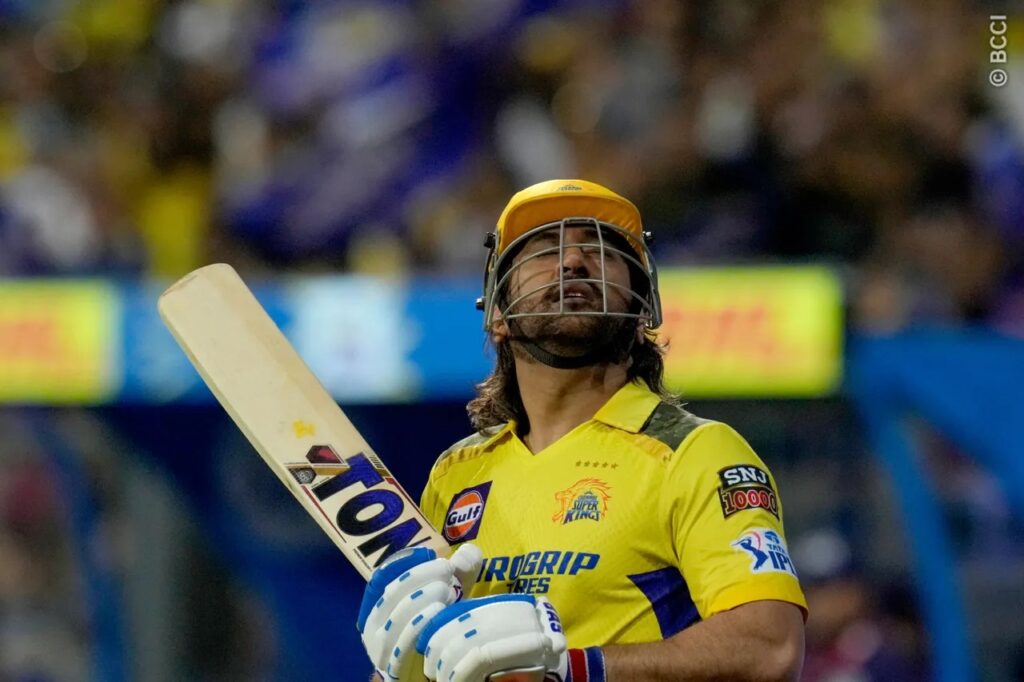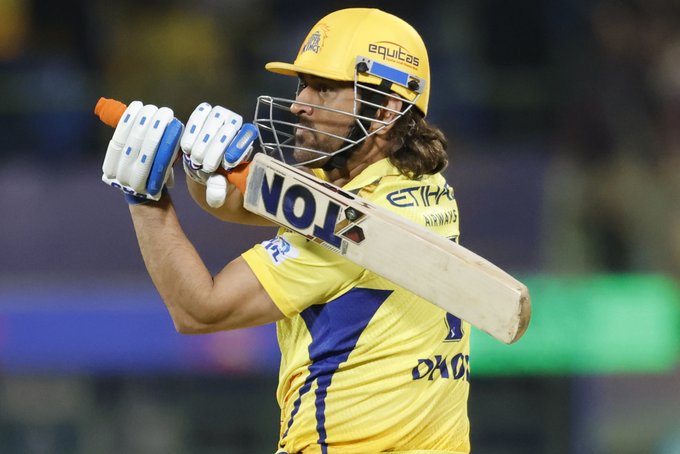
My first visit to Ranchi was courtesy MS Dhoni, who (indirectly) invited me for the price of a couple of Shatabdi Express tickets — onward and return — to his house at MECON colony. It was December 2005 and the newspaper I was working for had assigned me to do a year-ender on Indian cricket’s new sensation. Ranchi was a cricketing backwater then and Dhoni’s rise was bringing the city to prominence.
The sensational 123-ball 148 against Pakistan in Vizag, that announced his arrival, had happened a few months ago that year. It was Dhoni’s maiden international hundred and the carry-over effect was still strong. Dhoni was out on assignment, playing for India. My first port of call was his old two-room flat and as I left after meeting his parents — both were very shy — I was unimpressed. Cricket in India was still meant for the boys from big cities and I never thought that someone from Ranchi would go on and become a legend of the game.
Later, during a Test series in Sri Lanka, I told Dhoni about my Ranchi visit, handed him over some pictures that I collected from his school chums and asked him if indeed he was picked for his school team as a wicketkeeper because he was good at goalkeeping. Dhoni smiled and nodded in the affirmative.
Right from the beginning, Dhoni was a bit sceptical about the media. A private person, he was uncomfortable with name-dropping; some reporters were asking for his interviews, claiming that they were close to the India captain. As he himself became the India captain and steadily grew in stature, Dhoni kept the media at arm’s length. Rarely did he interact with the media outside the official press conferences.
To the outside world, Dhoni is the ‘captain cool’ who keeps his emotions in check. But those of us who have covered Indian cricket for more than two-and-a-half decades would attest that wins and losses did affect him. A private conversation with him would be relevant here.
A short flight of steps connects the second floor lobby and the media centre at the Cricket Association of Bengal Club House at Eden Gardens. It was December 2012 and India had lost the third Test against England in Kolkata to go 2-1 down in the four-match series. The previous season saw India suffer back-to-back whitewashes in England and Australia. And they were staring at a home series defeat. Dhoni was the captain and he was under serious pressure.
As he came for the post-match presser, Dhoni had to wait a bit, for his counterpart, Alastair Cook, wasn’t finished yet. He didn’t mind sitting on the stairs, waiting for his turn. I and a friend from the Bengali daily Aajkaal hesitantly approached him and asked, ‘what next’. Dhoni looked downbeat but his reply was firm: “If they (BCCI) want to remove me (as captain), so be it. But nobody can take away what I have achieved.” We probed a bit further and asked him about the reasons behind the team’s slide. “There have been a few reasons, but I can’t tell you that.” Publicly, he would never throw his teammates under the bus.

N Srinivasan, the then BCCI head, however, knew the reasons. He backed Dhoni, while initiating the process of a clear-out. A young group of players were brought in and India won the Champions Trophy a year later.
I once asked Srinivasan about Dhoni’s immense popularity in Chennai despite him hailing from a different part of the world. “Hard to explain,” said the former BCCI president. “As Chennai Super Kings captain, he connected strongly with the local fans. During his first few years at this franchise, he would take his bike and go out. I think the bond developed from there.”
Dhoni never played his cricket for personal milestones. He hung up his red-ball boots in the middle of a Test series in Australia, giving a short shrift to the possibility of playing 100 Tests. The greatness of the man lay in the way he evolved as a cricketer.
Back in 2005, after my first few games of covering Dhoni as a cricketer, I had serious doubts that someone with such unorthodox technique would be successful in Test cricket. Dhoni ended up playing 90 Tests, scoring 4,876 runs at 38.09 and effecting 294 dismissals. I once asked Rahul Dravid about his choice of the wicketkeeper-batter in India’s all-time Test XI. Dravid’s reply was: “Dhoni”.
How was he as a captain? There’s no debate that Dhoni is India’s finest-ever, and also the most decorated, in white-ball cricket. As far as Test cricket is concerned, Sourav Ganguly and Virat Kohli were better than him. To paraphrase The Beatles, Ganguly took a sad song at the turn of the century and made it wonderful. Kohli took over from Dhoni at a time India were languishing at seventh in the ICC Test rankings. He led from the front, gave the team its swagger and a four-pronged pace attack, and saw India remain the No. 1 team for five years on the spin.
Dhoni, however, is not only about the numbers and achievements. He is an inspiration. He sold a dream to almost every aspiring cricketer from small towns. As he turns 43 on Sunday, the IPL remains his tenuous link to active cricket. Will he come back for one more season next year? CSK have started preparing for life without him, but when Dhoni eventually goes, the void would be hard to fill. So, as Ravi Shastri says: “Enjoy while it lasts”…



